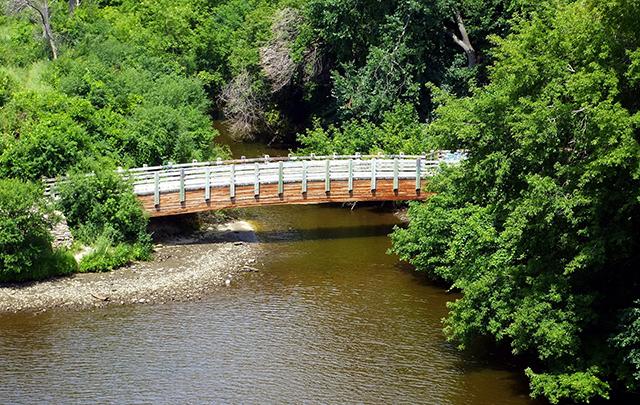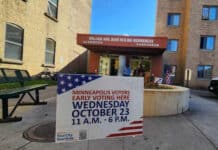MINNEAPOLIS – Minneapolis and St. Paul have the best parks in the nation, according to the Trust for Public Land.
For the fifth year in a row, the Trust for Public Land’s annual ParkScore index ranks Minneapolis’ park system the best in the nation. St. Paul comes in a close second, beating out cities like San Francisco and Washington, D.C..
The ParkScore index assesses park access and quality in the 100 largest U.S. cities, considering many factors including the number of basketball hoops, dog parks, playgrounds, and recreation centers per capita. Park size and percentage of city area devoted to parks are also taken into account.
Minneapolis has St. Paul beat with more dog parks, playgrounds, and recreation centers per capita, but St. Paul has almost double the amount of basketball hoops. Both cities allocate 15 percent of city area to parks, well above the national average of 9.3 percent. Minneapolis has bigger parks, with 6.6 acres being the median park size. St. Paul’s median park size is 3.7 acres.
Access is one of the most important factors in the ParkScore index. The Trust for Public Land believes it is important for residents of big cities to live within a 10-minute walk of a park. Ninety-seven percent of Minneapolis residents and 96 percent of St. Paul residents are within a 10-minute stroll of one of the many city parks.
Charlie McCabe, director of the Center for City Park Excellence at the Trust for Public Land, praised the Twin Cities for the public support of city park systems.
“It’s community support that really helps thrive and make city parks systems really great, especially in Minneapolis and St. Paul,” McCabe told the Star Tribune. “It can’t exist without public support.”
The residents of Minneapolis and St. Paul may enjoy some of the best parks in the country, but it comes at a price. Nationally, cities spend $80 per resident on average to enjoy parks in their cities. However, residents in the Twin Cities spend far above the national average. Taxpayers in Minneapolis spend $233 annually on the city’s park system. St. Paul is not far behind, spending $202 per resident.
In order to stay at the top of the ParkScore index, Minneapolis and St. Paul are already planning to increase spending. Minneapolis has plans to increase maintenance over the next 20 years, especially for parks located in lower income neighborhoods. St. Paul is evaluating future expansion of recreation facilities, as well as adding parks along the Green Line light rail.
Full city ranking analysis can be viewed here.


















